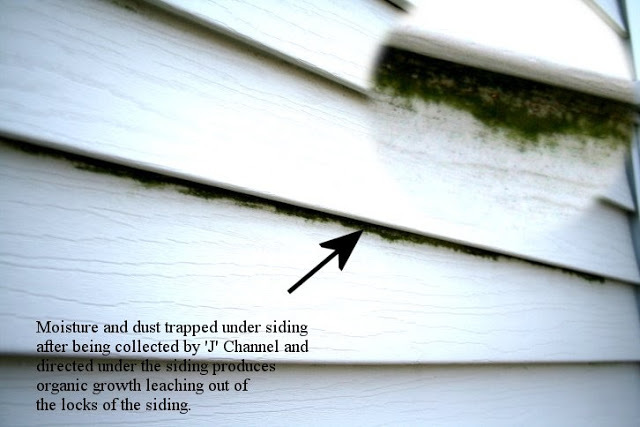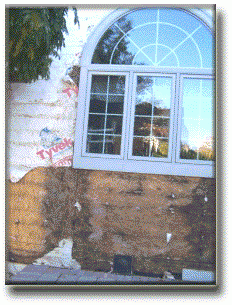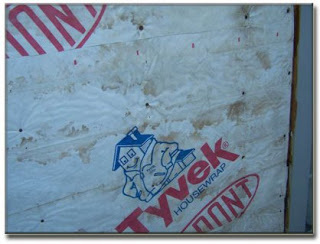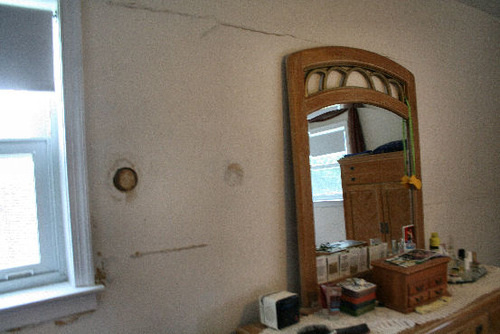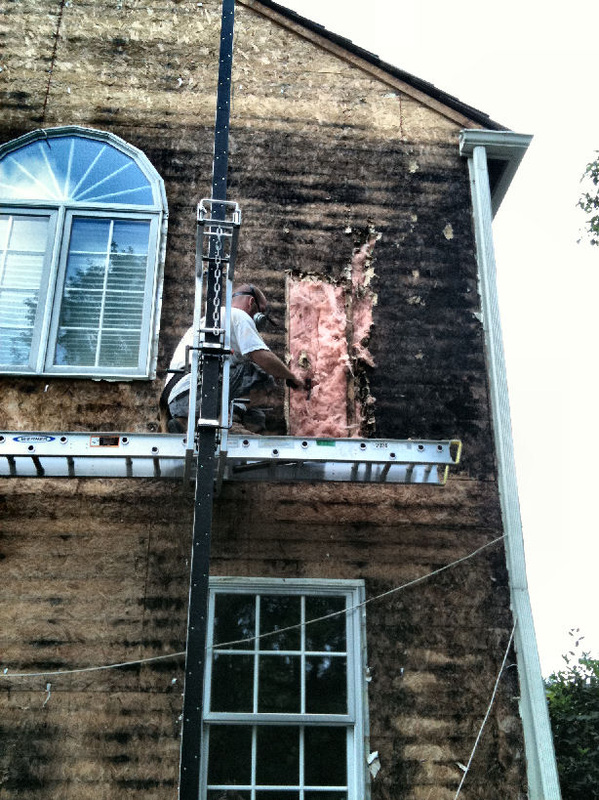New Growth Wood – The Enigma
Bob Wewer Google Plus by Bob Wewer
|

This is real folks. So many people want to disregard this information...
New Growth Wood Especially Vulnerable to Moisture Related Microbial Damage - by Bob WewerIck! What do you think is going on behind that siding? If your home is built after 1986, you better make sure that there are no leaks.
Robert (Bob) Wewer discusses Siding Leaks The wood will rot out very quickly if it is New Growth.
The industry has developed, what I call the Underlayment Craze to compensate for real deficiencies in methodology. Even in Roofing - Especially in Roofing has the underlayment mentality taken over to a point where it has become more important than sound flashing practices. -WRONG! -by Robert Wewer
We look at moisture inside walls that come from inside, condensing and causing nightmares! -by Robert Wewer
New Growth Home of about 23 yrs. Onset of mold inside walls with feeding moisture emanation from within. - by Robert (Bob) Wewer |
